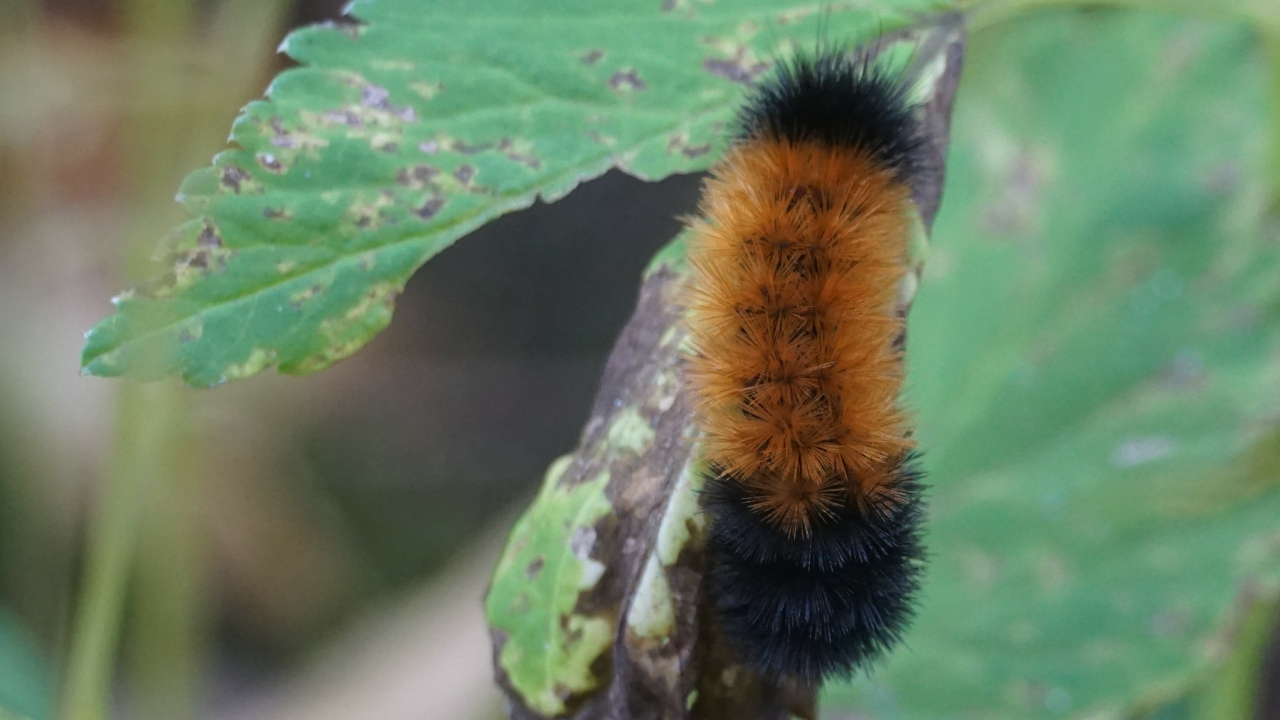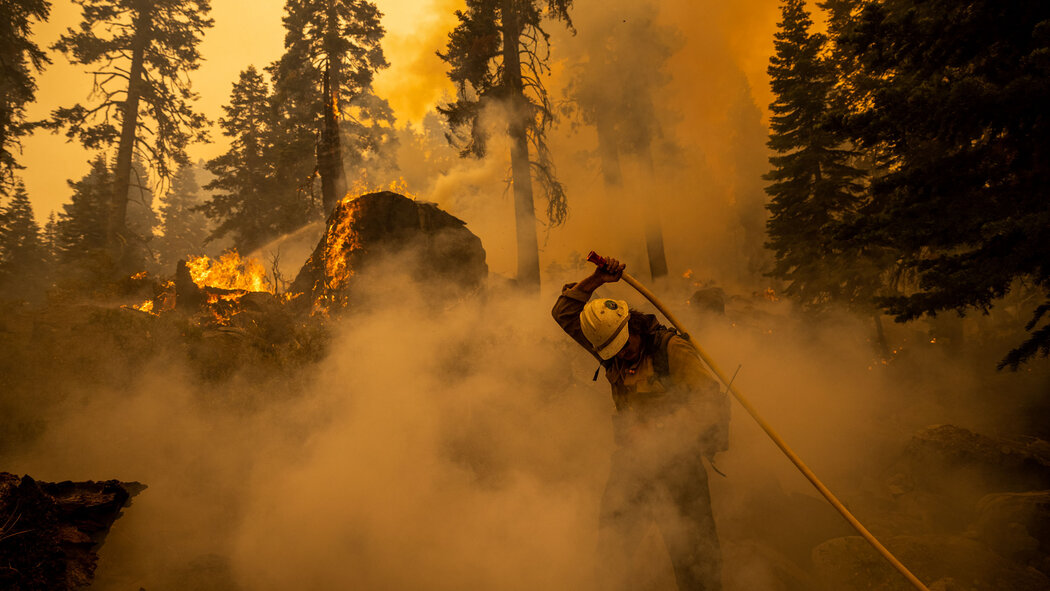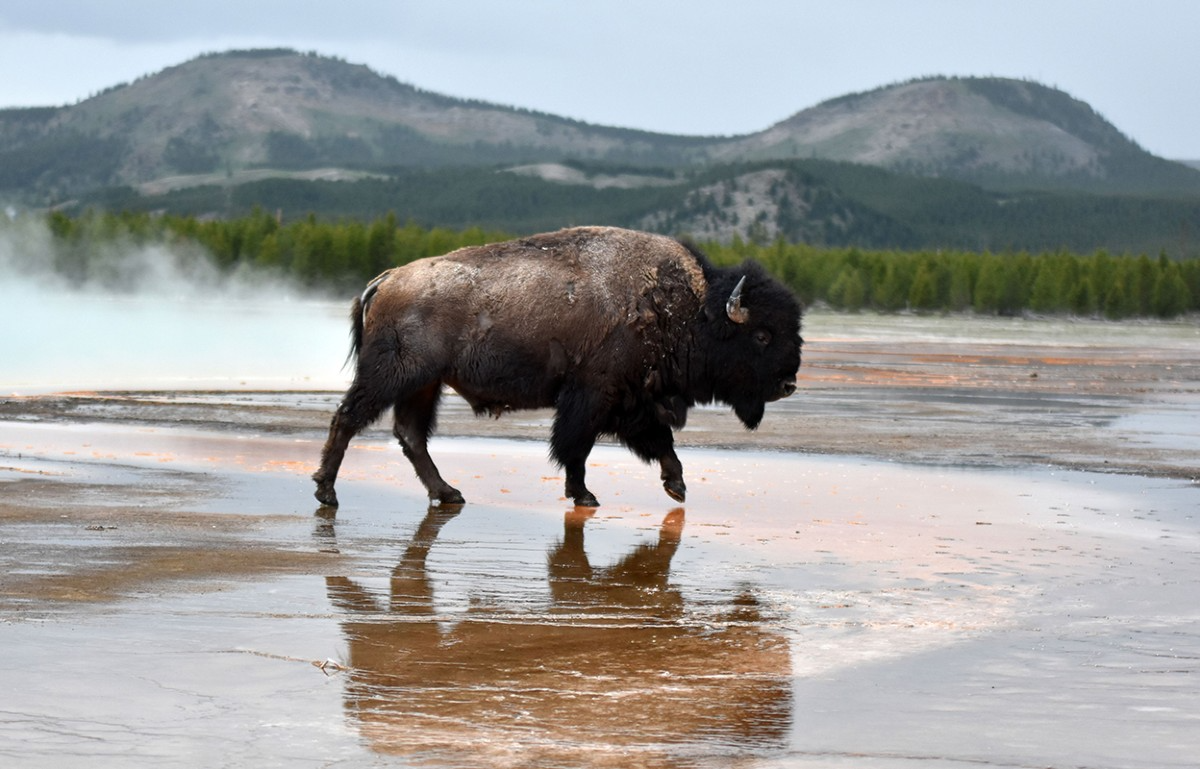
How to Spot and Survive a Rip Current: Essential Beach Safety Tips?
When heading to the beach, it’s natural to be cautious about sharks or jellyfish, but a more insidious threat lurks in the water—rip currents. These powerful water channels can pull even strong swimmers out to sea, making them one of the most dangerous natural phenomena at beaches worldwide. What Exactly is A Rip Current? A rip current is a strong, narrow current that flows directly away from the shore, often forming at breaks in sandbars. This movement of water is








